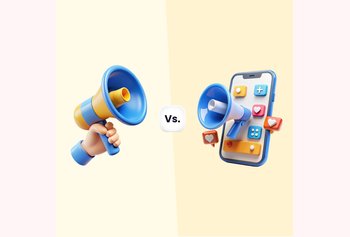One of the biggest selling points of any good customer service software is the wealth of valuable data it provides, collected from thousands of customer service interactions.
But are you utilizing that data?
Do you understand how to interpret it?
And most importantly — are you making the most of it?
Often there’s so much data in these interactions that it can seem overwhelming to process it all. As a result, most companies never fully tap into the possibilities and leave much potential growth on the table.
But you don’t have to let the amount of data or uncertainty on how to use it prevent you from getting started. Because the good news is, it’s probably easier than you think.
A robust customer support software solution will provide your company with preconfigured visualizations, reports, and dashboards that are easy to create and share. You should also be able to customize and create your own reports, highlight important data, and note trends and changes in customer queries to make sure they are discussed in planning meetings.
In this post, you’ll learn exactly how your customer service data can help in strategy creation, growth, and forging strong customer relationships.
Table of Contents
- What are customer service interactions and why do they matter?
- Why a data-informed customer service strategy is so closely tied to business growth
- Nine ways in which customer service interactions can grow your business
- 1. It helps you anticipate and minimize the impact of critical customer issues
- 2. It helps you respond quickly to your customers’ needs
- 3. It helps you improve the overall customer experience
- 4. It helps you streamline and improve customer support workflows
- 5. It helps improve staffing and training processes
- 6. It helps optimize most popular customer service channels
- 7. It reduces costs of ineffective marketing channels
- 8. It helps build active, supportive customer communities
- 9. It helps motivate and improve employee performance
- Supercharge your company’s growth with the right customer service data
What are customer service interactions and why do they matter?
First, let’s look at what we mean by a customer service interaction.
Every touchpoint in a customer’s journey with your brand – whether they are asking for help at the time or not, is considered a customer service interaction.
Think about all the channels where your customers can reach out to you, have conversations and discussions, give feedback, report an issue, ask questions, or get help. Common customer support channels include email, phone, chat, social media, knowledge bases, and customer forums.
These are all incredibly rich data sources, especially if you have optimized an omnichannel experience for your customers, meaning:
- You have identified the most important channels for your customer base.
- You have a solution in place that gives you visibility across all channels.
- You have the resources and policies in place to make sure you are responding in a timely manner everywhere.
- You are able to close the loop with regular reviews and reporting.
So why collect customer service data from all these sources? Is it really worth it?
Absolutely!
Your customer service interaction data contains incredibly valuable insights that can be used for decision-making in nearly every part of your business.
How, you ask?
- Accurate, real-time data will help you monitor your customer support team’s performance, identify areas that need improvement, and fix them quickly.
- Quick reporting makes getting insights easy — you shouldn’t have to leave your tool or login to a different software in order to get up-to-the-minute reports.
- You can easily keep track of your customer service team KPIs like the number of conversations, first response time, average resolution time, customer satisfaction scores, and more.
- You can identify your top performers and see what they’re doing right so as to define and scale best practices.
- You can dive deeper into conversations and see useful trends, find bottlenecks, and better allocate your staffing to ease them.
And finally, you can use the insight you gain to continuously improve all aspects of your business. It can give your brand a competitive advantage by helping you better optimize the customer journey. Leveraging Excel alternatives can further streamline data analysis and improve collaboration in real time.
While it’s important to collect and leverage customer data in the most effective way, what also matters is how you store this confidential data. One way you can possibly do this is by using online data rooms.
Why a data-informed customer service strategy is so closely tied to business growth
Great customer service never exists in a silo.
In fact, it touches every aspect of your company, even those functions, and departments that are not customer-facing. An organization-wide commitment to putting your customers first involves everyone in the company, no matter what their position.
Once you realize this, it only makes sense to start looking at your customer service data analytics tool and Airbyte reviews as valuable input sources for your business planning, strategy, and growth.
When you prioritize providing great customer service, you naturally care about and monitor your metrics and the feedback you receive. At the same time, the changes that you make in response to what your customers are telling you become part of your organization’s processes and culture. This is how customer service data changes companies.
At a high level, here are some of the ways that customer service data, when used well, can be a valuable input into your company’s strategy and growth.
1.It increases customer retentionrates
It’s at least five times cheaper to keep a customer than it is to acquire a new one. These days, smart companies realize this and are shifting their focus from constant customer or client acquisition to customer retention.
When you retain more of your existing customers:
- They spend more and buy more often than new customers.
- You increase both profits and customer lifetime value (CLV).
- Customer churn rate reduces.
- Customer loyalty and word-of-mouth recommendations both increase.
Let’s explore this last point more closely.
2.It increases customer referrals
- Word-of-mouth is still very powerful marketing — and it’s a wonderful bonus, because essentially, it’s advertising you don’t have to pay for. Referrals grow organically from your efforts to thrill your current customers. In fact, investing in a referral program software can help you automate the process of growing your customer referrals thereby increasing loyal customers in the long run.
- People trust recommendations made by friends, family, and colleagues. Even ratings from total strangers (through social proof) are influential. Trust is important, especially because paid advertising is often seen as unethical and manipulative.
- As a matter of fact, a Semrush report found that 88% of people had the highest level of trust in a brand when a friend or family member recommended it.
- When they’re happy, customers and influencers spread the word simply because they love your product or service and are dedicated and loyal to your brand.
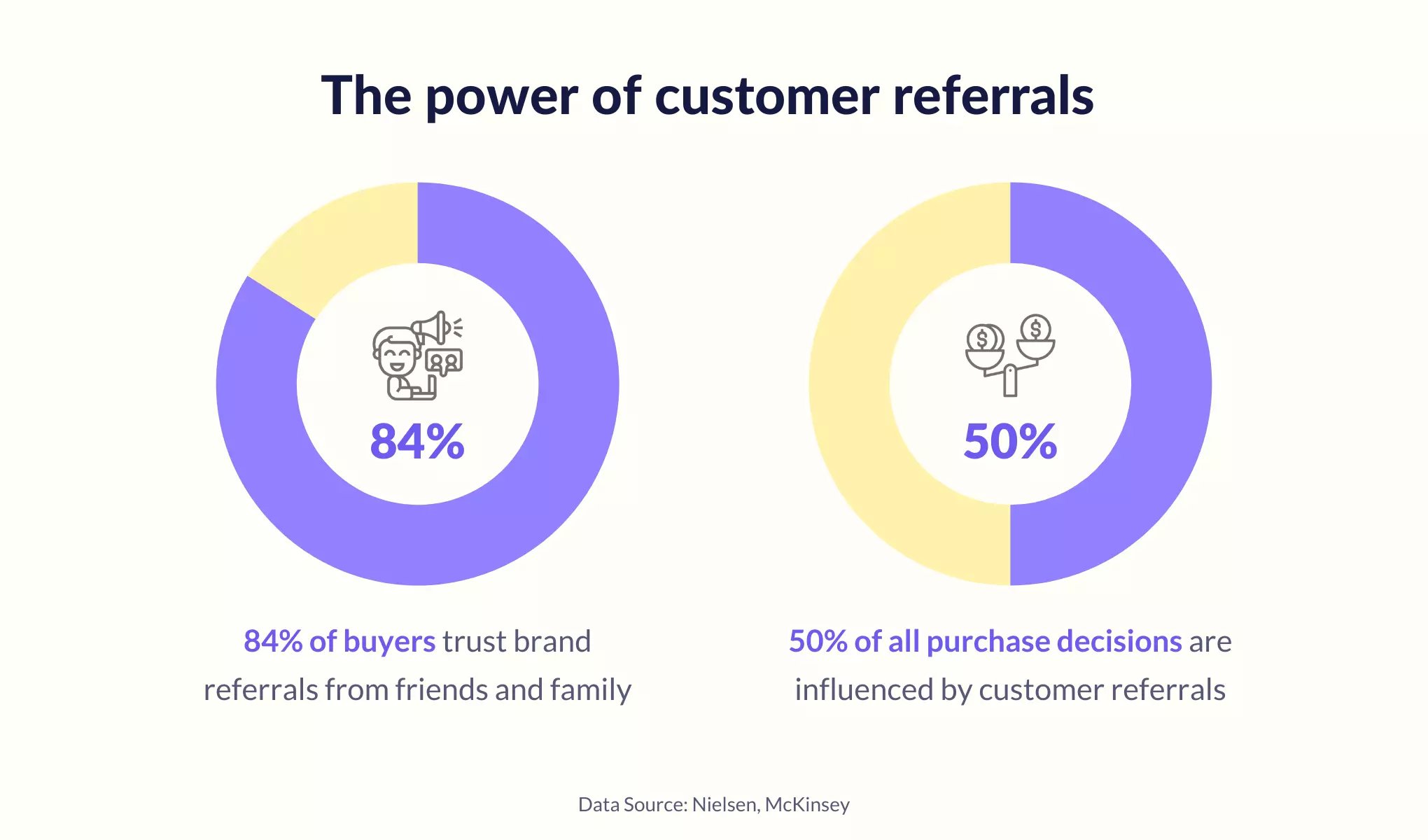
These are undoubtedly some great benefits, don’t you agree?
Next, let’s look at how you can capture more of them for your company.
Nine ways in which customer service interactions can grow your business
Let’s look at the specific ways you can use your customer service data to transform your business.
1. Ithelps you anticipate and minimize the impact of critical customer issues
With real-time monitoring and regular reporting, you can get out of crisis reaction mode (which is never a comfortable place to be) and be more responsive to problems as they occur. You’ll also be able to take a more proactive approach to head off future issues.
You’ll no longer be blindsided by the unexpected. Instead, when something goes wrong (as it inevitably will) you’ll be able to truthfully assure your customers that you are aware of the issues and are already working on the solutions. Given that customer expectations have grown remarkably, and they now appreciate (and actually expect) quick resolutions, anticipating and averting support issues proactively can help increase customer satisfaction and brand loyalty.
For example, noticing customer feedback on a product design issue and conveying it to your team can help you proactively address a concern customers might face while using your product.
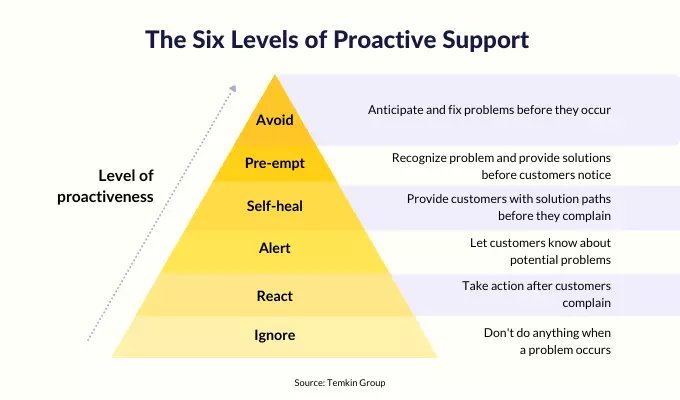
2. It helps you respond quickly to your customers’ needs
Fortunately, it doesn’t take an emergency for you to make the most of your customer data.
You can keep your finger on your customers’ pulse on a daily basis. You can see what they are asking for, hoping for, or suggesting and use that feedback to plan new product or service features.
You can also stay one step ahead on upgrades. Just think how happy your customers will be when they request new services or software functionalities and you are able to tell them you’re already working on it (and maybe even provide a target date!)
You can plan special promotions or craft a rewards program for your most loyal customers.
The possibilities are fun and really endless.
3. It helps you improve the overall customer experience
When you have the right insights into your processes, you’ll find many ways to improve your customer experience.
- You can improve customer response time through email and on social media.
- You’ll see more opportunities to create the personalizations your customers crave.
- You’ll discover more opportunities to humanize the customer service experience and have conversations.
- You can improve your customers’ knowledge to help themselves through self-service online portals, especially mobile-responsive ones.
Essentially, when you lower your CES (customer effort score),you remove the barriers and make it easy for your customers to do business with you.
Netflix’s content recommendations are a prime example of using data to provide a better customer experience. As the platform learns what you like best, they make it easy for you to find more of the same types of shows, without ever having to leave Netflix.
What’s not to like about that?
4.It helps you streamline and improve customer support workflows
With the right data, you can create smart automation rules that will boost your team’s productivity by automating repetitive work so they can focus on doing what they do best — delighting your customers.
Your reps will no longer have to rely on manual processes to assign emails to team members or add tags. You can set automatic conditional or round-robin assignments, automatically close unimportant emails, automatically tag specific senders or subject lines, and set your SLA and business hours to keep everyone on the same page.
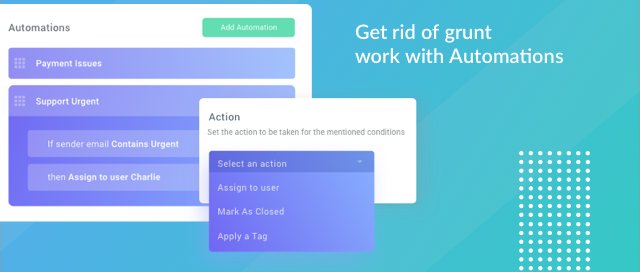
During the pandemic, we at Hiver have relied on our own system’s team views to keep track of who is working on what, ensuring that the workload for our team, now working remotely, is distributed evenly.
Your customer service agents will breathe sighs of relief with their new, streamlined workflows.
5. It helps improve staffing and training processes
Customer service interaction data lets you see where common bottlenecks or challenges exist, allowing you to improve your staffing and training processes. For example, during peak times you may hire additional team members or cross-train employees from other departments who can fill in as needed.
You can also quickly see where additional training may help your team to avoid those stumbling blocks altogether.
When you have a current, high-level view of how work is being assigned, you can quickly make decisions to redistribute the work, temporarily bring in extra hands to help, or easily cover for an absence or staff shortage.
You may even be able to see how you can avoid some customer service requests altogether by offering opportunities for customers to help themselves through self-service tools like knowledge bases.
One of the best and easiest ways to improve your training processes is to continually collect examples of excellent customer service and share those regularly with your reps.
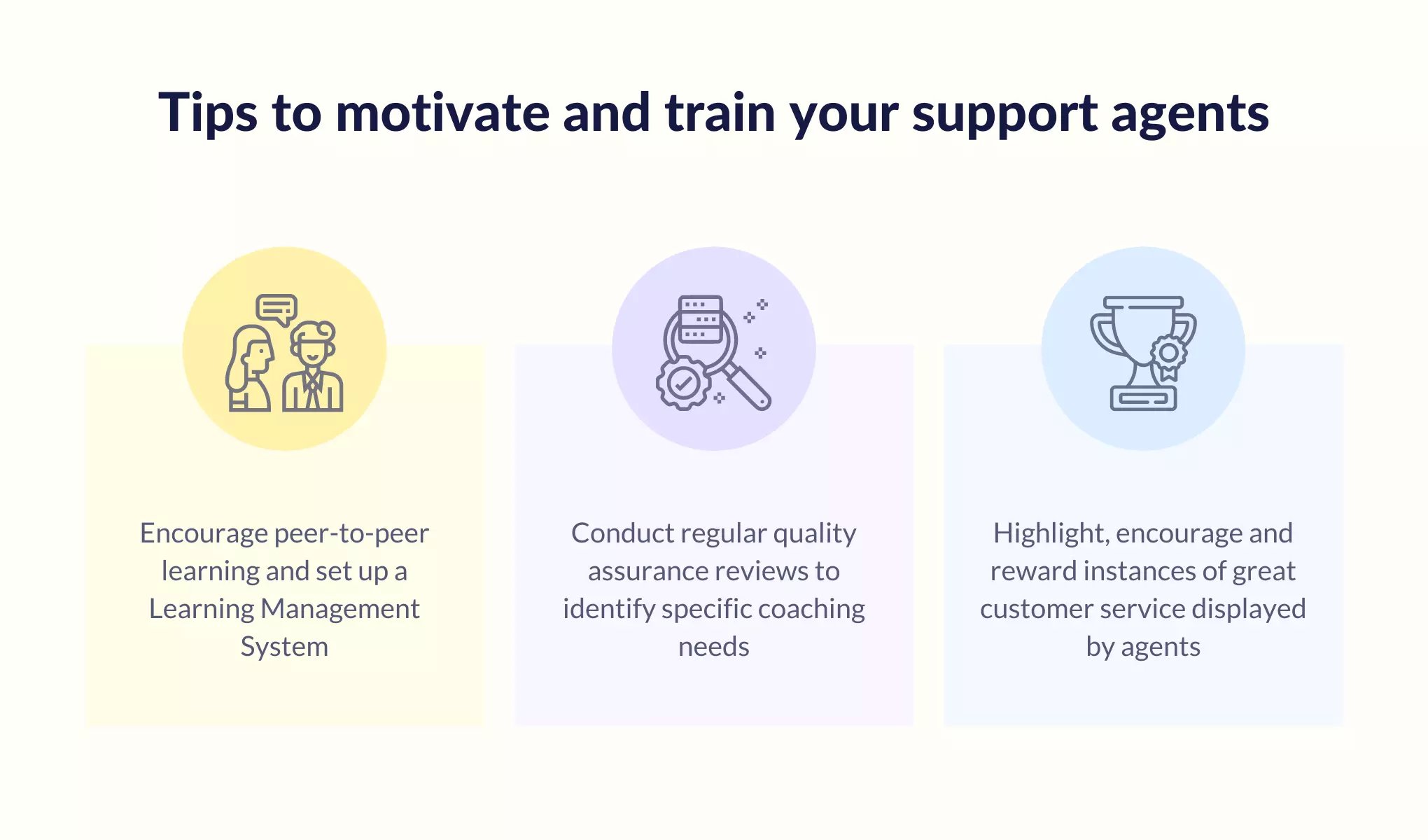
6. It helps optimize most popular customer service channels
Where are your customers hanging out? Where are they engaging with you most? Where do you absolutely have to be to meet your customers and what channels can you safely skip? With the right data, you will know the answers to all these questions.
Remember, to give your customers a truly omnichannel experience you don’t actually need to have an active presence everywhere. Instead, you can learn your customers’ unique preferences and respond just to those top priorities. Everyone’s happy.
Are there new questions coming up that aren’t covered in your knowledge base? As soon as you see that happening, you can make sure the answers are added to your response templates. Are you getting the same simple questions frequently? You can create personalized, automatic responses to cover those situations, and continuously refine as you go.
7. It reduces costs of ineffective marketing channels
Optimizing your customer service strategy or your omnichannel customer support isn’t a one-time, set-it-and-forget-it exercise. You need to monitor and re-evaluate from time to time. For example, email support may be non-negotiable, but social media support on a certain channel may be optional.
Use the data you collect to see exactly how your customers are using each channel, and then use that to craft your ideal customer support presence. You might realize that optimizing each channel may mean streamlining or automating your workflows or even backing off from full support on a particular channel to minimum support.
Maybe your customers start out interacting with you on social media with several frequently asked questions, but then quickly switch to phone or e-mail once they need further support. Perhaps your data will tell you that you don’t need staff to monitor Facebook messages at all times, but instead, you could create an autoresponder that greets them and then sends them directly to an e-mail or chat link.
8. It helps build active, supportive customer communities
If you’re in software or tech, or if you offer a high-end product or service, you’re missing out if you’re not tapping into the collaborative power of your customer base.
Customer forums are virtual communities where users can ask questions, get support, and participate in discussions. They can also find the latest company news and product documentation or even share success stories.
The best user communities, whether they’re on Facebook, LinkedIn, or Substack, are there to help your customers achieve their end goals by leveraging the experience and wisdom of the hive mind. Forum boards are constantly updated. New topics can be opened easily, requiring little in terms of effort. And users can instantly search for solutions in previous topic threads.
Forums are a goldmine of ongoing customer feedback data that can help your business constantly improve.
Sephora’s Beauty Insider is a massive community that builds amazing loyalty among its customers. Excited members become brand ambassadors, discussing their favorite aspects of products and making recommendations to other members without any prodding from the company.

Another popular brand community forum — Lego Ideas, promotes engagement by letting fans vote on their favorite Lego product ideas — and even submit their own, earning a portion of the profits if their ideas are chosen.
9. It helps motivate and improve employee performance
There’s no doubt about it: Happy customer service reps mean happy customers.
When team members feel valued and heard, they turn around and go the extra mile for customers. It’s a virtuous cycle.
On the other hand, if your customer satisfaction (CSAT) and Net Promoter Scores (NPS) are showing that there’s room for improvement, there’s no better place to start than with your support team members.
Be sure to create multiple ways for team members to provide feedback or suggestions — or even just to vent. Your reps should feel comfortable speaking up in meetings, providing their honest thoughts on surveys, or approaching senior management.
Happiness makes people 12% more productive, but unhappy employees are 10% less productive.
You can use gamification, real-time recognition, and other proven strategies to help motivate your employees. You’ll see the benefits in your bottom line.
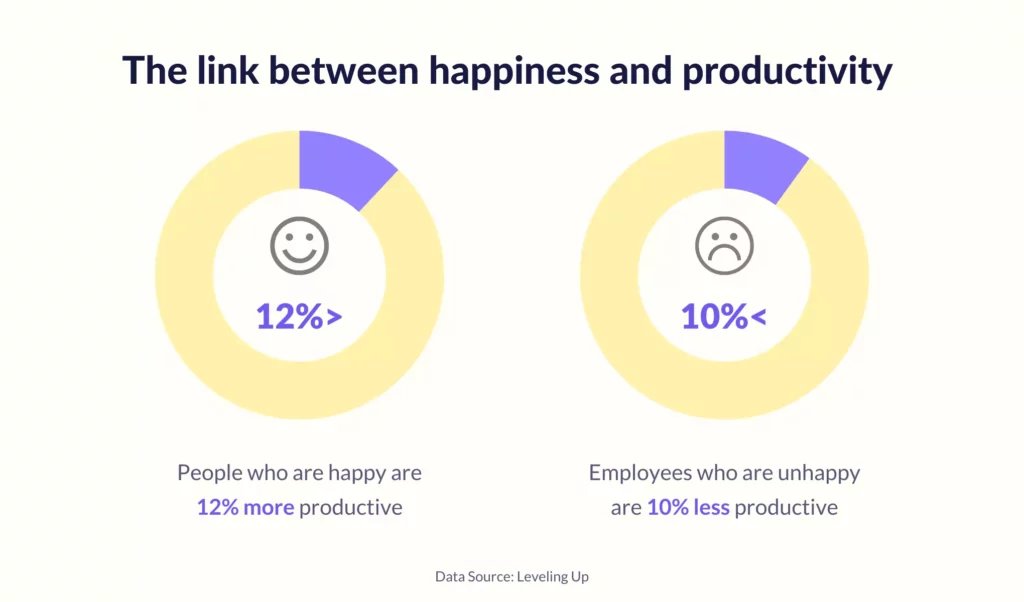
Supercharge your company’s growth with the right customer service data
Having all the customer interaction data you can get your hands on is only as valuable as your ability to analyze, interpret, and use it to grow and improve your business.
So don’t be intimidated or overwhelmed. Instead, create a plan and get started.
If you know you’re not fully using the data you already have, you now have a guide in this post.
And if your current customer support solution isn’t providing this data to you, perhaps it’s time to consider an upgrade.
Your customers will be thrilled, your team will be happier, and you’ll be able to build yourself a thriving and successful business.
Resources you’ll love:
- McKinsey’s article on how advanced analytics can help contact centers put the customer first
- A great guide by Datapine on how to extract maximum value of your customer service data
- The top benefits of collecting customer data by Truyo













